Recent protests in Iran over the death of Mahsa Amini have made the Iranian regime’s methods of suppressing citizens a subject of interest. These structures have taken shape over many years, and grown in terms of both the equipment and forces at its disposal, even at times when the Iranian government has had to make cuts elsewhere.
In the Islamic Republic the responsibility of putting down protests is shared by the Intelligence Ministry, the IRGC’s Intelligence Organization (IRGC-IO), the national police (FARAJA), its Intelligence Organization, the army, the paramilitary Basij, provincial IRGC bases and the IRGC’s Sarallah Headquarters in Tehran. How and when they step in, however, depends on a number of factors.
Overall coordination of these disparate groups is carried out by the Supreme National Security Council, headed by the Supreme Leader, the President, the Interior Minister, commanders of the above-mentioned organizations, and the heads of Iran’s legislature and judiciary. It is this group that decides what to do when protests break out in Iran.
Each Iranian province has its own Security Council. Members include the provincial governor, his deputies and representatives of the IRGC, and the local police and intelligence bureau. These councils are responsible for managing provincial security issues, including protests. They are also in charge of implementing nationwide crackdowns on the ground.
Generally the first group to engage protesters will be the riot police, known as “special units” in Iran, alongside the Basij and the IRGC. The IRGC-IO and the Intelligence Ministry usually have the joint task of identifying and arresting individuals, placing activists under house arrest and intimidating the free media.
The National Police: The First Line of Offence
During the recent protests sparked by the murder of Mahsa Amini, the police and plainclothes officers have been most prominently seen in the streets. This has varied from place to place, however: in Kurdistan, which is constantly monitored by the so-called “security” services, the IRGC and the military have been more visible.
As riot police commander General Hassan Karami put it: “When the police stations [ordinary police officers] and other forces can no longer control the situation... and unrest spreads, then the special units are tasked with stepping into action.”
Riot police in Iran be identified by their black or brindled uniforms, helmets and masks, and also by the high chassis of their motorcycles.
In 2011, acting commander General Asadollah Hadinejad reported that riot police units were permanently stationed in the capitals of 30 Iranian provinces. Force members, he said, had to be at least 175cm tall, and would be equipped with batons, teargas guns, teargas grenades, pepper spray and “other items”.
Riot police are not supposed to shoot directly at protesters, and are told to disperse them using only batons and teargas. But since 2017-18 they have been seen more and more frequently opening fire on civilians with both rubber bullets and live ammunition. Around 1,500 people are believed to have been shot dead by riot police and other security forces in Iran’s November 2019 protests. As of now, at least 70 people are thought to have died from shots fired at demonstrators this month.
In April 2021, the European Union added General Hassan Karami, commander of the special units, to its sanctions list. General Hossein Ashtari, commander of the National Police, is also sanctioned by the US.
One of the differences between the 2022 protests and previous waves of mass demonstrations in Iran is that they come after a change of structure in the national police. Formerly known as the Law Enforcement Force of the Islamic Republic of Iran (NAJA), the police have now been re-titled Law Enforcement Command of the Islamic Republic of Iran (FARAJA) and granted more power and facilities. The new FARAJA Intelligence Organization is the outcome. The body works with the IRGC-IO and Intelligence Ministry to gather information about protesters.
The Women’s Special Units
Mehr News Agency recently shared a video that indicated female riot police had been deployed for the first time to break up the current protests. Last year, General Karami had reported such units would be formed in Tehran and nine other provinces.
The Basij and the IRGC
Each Iranian province has its own IRGC branch whose commander is appointed by the chief commander of the Revolutionary Guards. The paramilitary Basij act under the local IRGC’s supervision.
In each province, Basij forces are organized in battalions to take part in violent crackdowns on protesters. Every year, Basiji forces go through several rounds of training, some military and some “political”. The political training is meant to motivate them to fight against protesters.
Usually during small protests in single cities, the IRGC and the Basij do not take part in suppression operations. But when a revolt spreads to multiple cities they are called on very early on.
Plainclothes Agents
At most protests in Iranian cities, individuals without a uniform will be present beating people and taking them away. These plainclothesmen are generally believed to be Basijis but they can also hail from the Intelligence Ministry, the IRGC and the police.
Their mission is often to gather intelligence rather than arresting people. But there are also some other plainclothesmen belong to vigilante groups such as Ansar-e Hezbollah, which has been active since the 1990s in attacking gatherings of political groups, especially those who do not support Supreme Leader Ayatollah Ali Khamenei.
Some of the plainclothesmen who participate in cracking down on protests are known in Iran as “thugs”, hired convicted criminals. In November 2019 groups of “thugs” were dispatched into the crowds to stir people up, smash windows, set fire to banks and incite riots – thus giving other forces a pretext on which to open fire.
According to General Hossein Hamedani, a senior IRGC commander, “thugs” have been used to deal with protests since 2009. “We had identified and monitored 5,000 violent criminals and firstly, ordered all of them to stay at home when there was any protest,” he said in 2019. “But later I thought: why not employ these thugs? So I organized them in three regiments to engage with the protesters on our behalf. They proved me right ... if we want to train mujahids (fighters), we need these types of violent people who are not afraid of a few drops of blood.”
The IRGC’s Sarollah Headquarters and the Military
The IRGC’s Sarollah Headquarters in Tehran is known as the Islamic Republic’s principal hub of suppression. It is led by the commander-in-chief of the IRGC, sometimes with an appointee to manage it day-to-day. During protests, the IRGC’s local branches in Tehran and Alborz act under its direction.
When protests spread across the country, however, it is the Sarollah Headquarters that takes over. If the situation is critical the Headquarters sends in special troops of IRGC forces who are much better trained than the Basij.
In normal conditions, IRGC and Iranian Army ground forces play no role in dispersing protests, but may be called in if things escalate. The army tends to protect government buildings and other sensitive locations, freeing up police to engage with protesters. In border provinces like Khuzestan, they may also take part in direct confrontations.
Detention Centers and Forced Confessions
Detained protesters are often tortured and/or made to “confess” to fabricated crimes on Iranian state television. These scripted confessions are usually extracted by security agents who provide the recordings to Islamic Republic of Iran Broadcasting and other media outlets.
When protests are ongoing, arrested parties are often taken to unmarked detention centers rather than police stations or prison. They might remain in custody there or be released on a heavy bail. Arrest orders – when the arrests are not simply random – are nominally issued by judges, but in reality this task is generally taken over by the security apparatus.
visit the accountability section
In this section of Iran Wire, you can contact the officials and launch your campaign for various problems




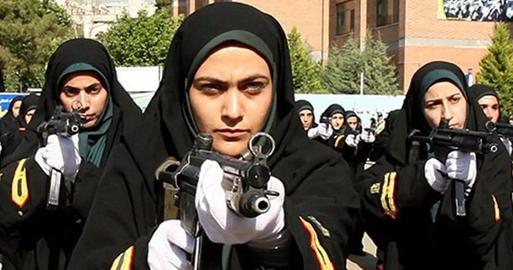
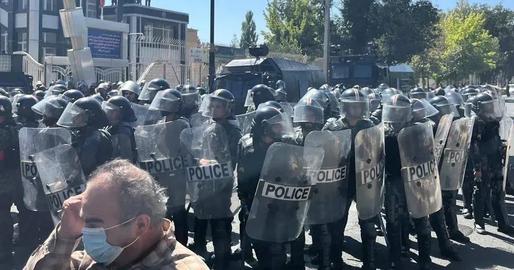
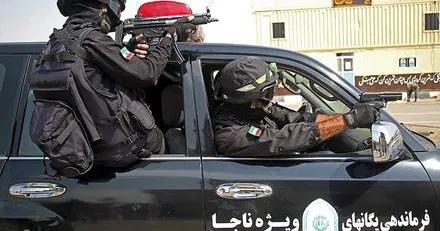
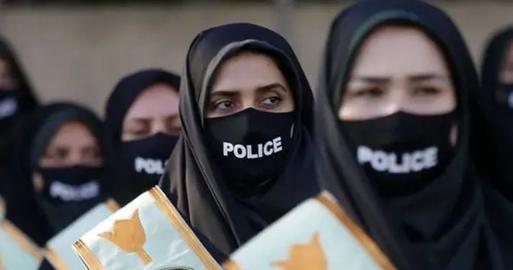
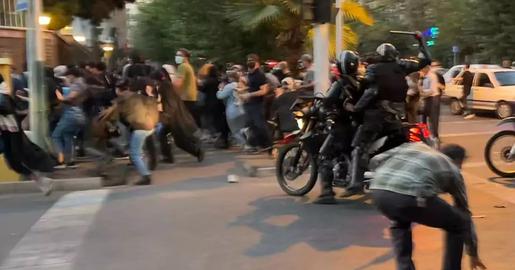


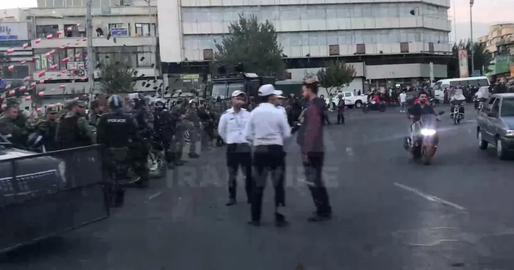
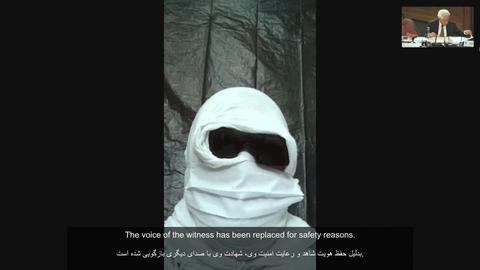
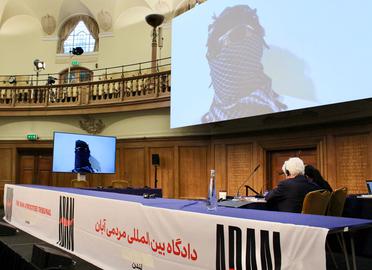











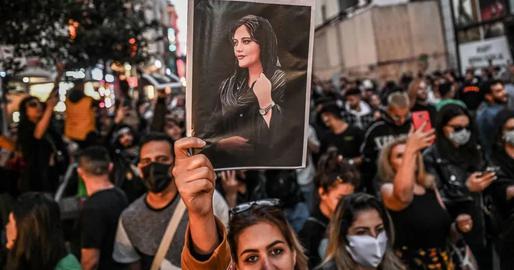
comments